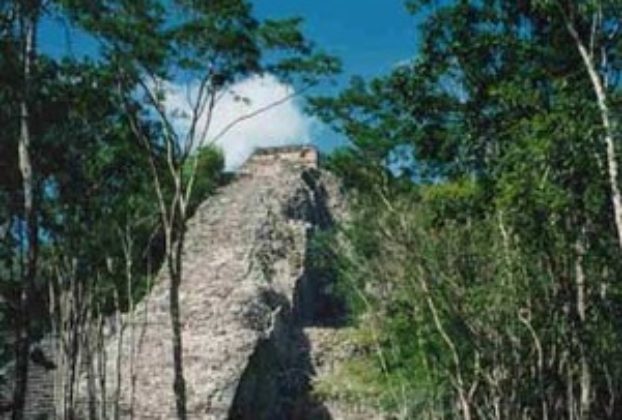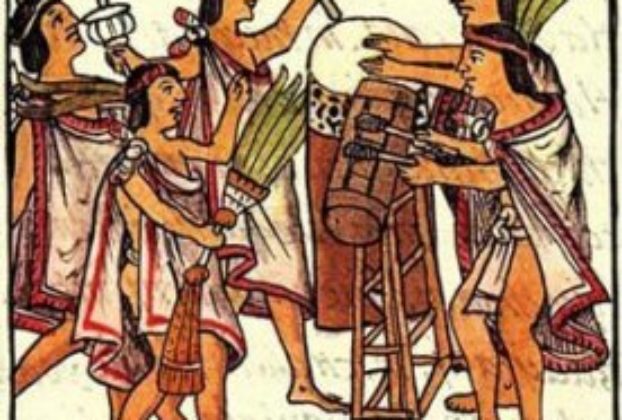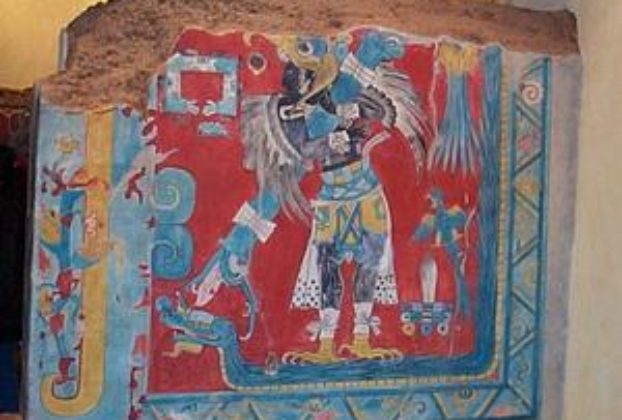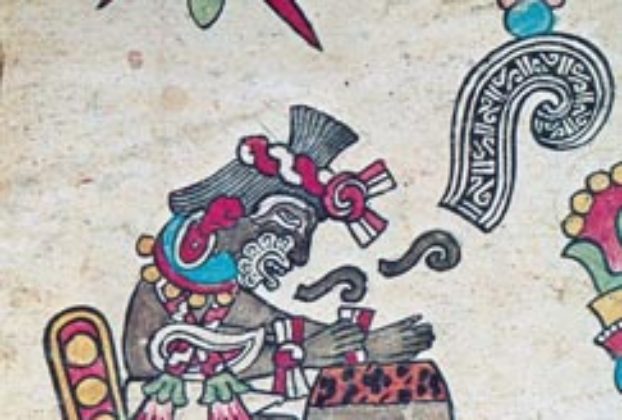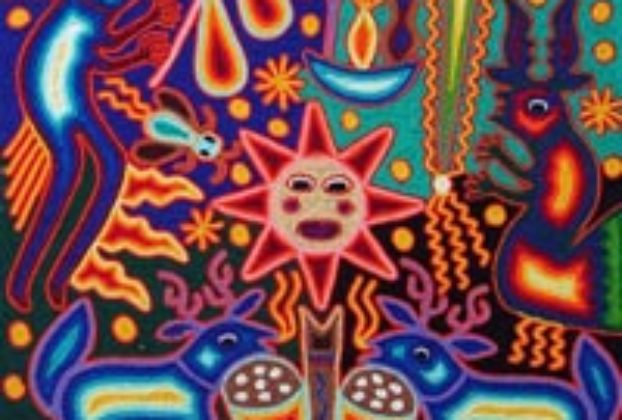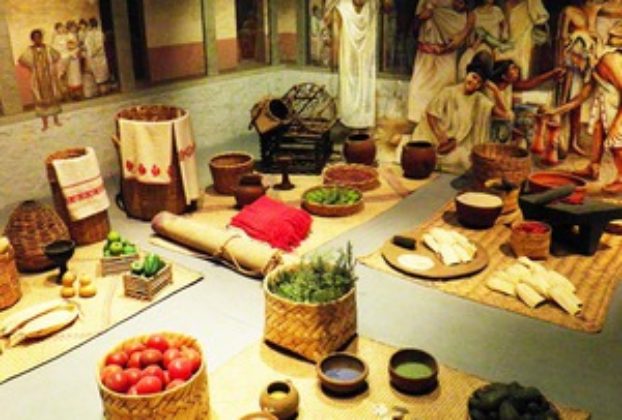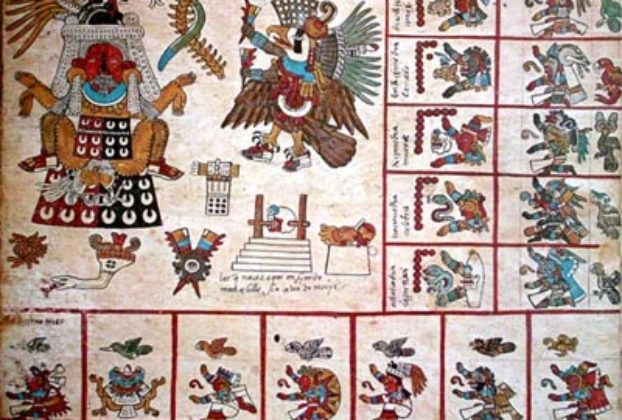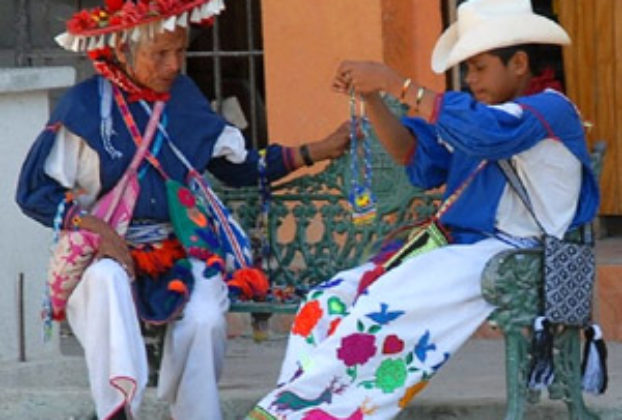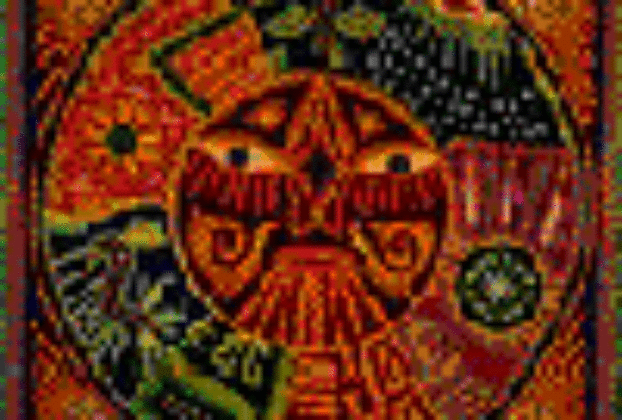Mesoamerican epic poetry and saga: What is epic?
In Historia de la Literature Nahuatl (Mexico, D.F. 1971), the late Mexican scholar A. Garibay included a chapter entitled “Poesía Épica” (Epic Poetry) in which he gave a list of texts in Nahuatl (Classical Aztec) that he believed represented authentic Mesoamerican epic poetry and saga. Garibay was attacked on the grounds that he attempted to make the […]
Continue Reading
